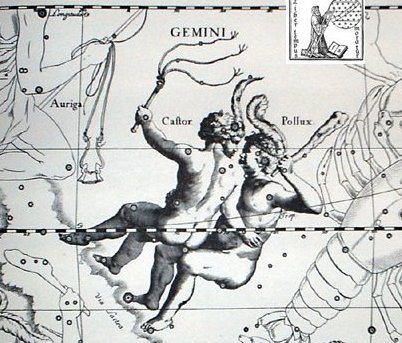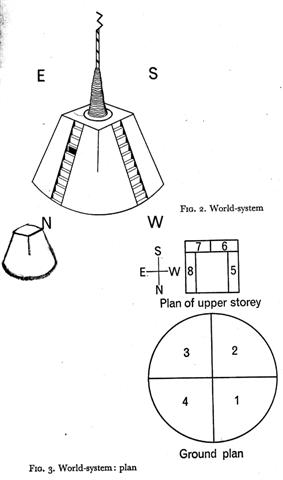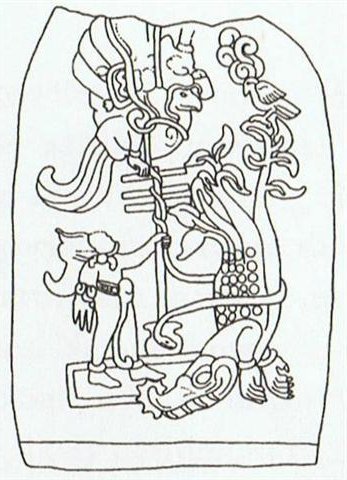1. Perhaps it all began with the Lapwing, see at Kara Etahi:
... In Wales as a boy I learned to respect the lapwing for the wonderful way in which she camouflages and conceals her eggs in an open field from any casual passer-by. At first I was fooled every time by her agonized peewit, peewit, screamed from the contrary direction to the one in which her eggs lay, and sometimes when she realized that I was a nest-robber, she would flap about along the ground, pretending to have a broken wing and inviting capture ... The Sign of the broken wing is connected with offspring and how the cycle of life is divided, as if 'broken' into a pair of contrasting twin egg halves («, »). When 'fire is brought down from the sky' it is such a radical change that it divides time into a before and after: ... During his descent the ancestor still possessed the quality of a water spirit, and his body, though preserving its human appearance, owing to its being that of a regenerated man, was equipped with four flexible limbs like serpents after the pattern of the arms of the Great Nummo. The ground was rapidly approaching. The ancestor was still standing, his arms in front of him and the hammer and anvil hanging across his limbs. The shock of his final impact on the earth when he came to the end of the rainbow, scattered in a cloud of dust the animals, vegetables and men disposed on the steps. When calm was restored, the smith was still on the roof, standing erect facing towards the north, his tools still in the same position. But in the shock of landing the hammer and the anvil had broken his arms and legs at the level of elbows and knees, which he did not have before. He thus acquired the joints proper to the new human form, which was to spread over the earth and to devote itself to toil ... It is now time to tell how the 'ancestor' stole the fire:
In the Golden Age the Milky Way divided sky horizontally with Orion in the winter half and Gemini in the summer half, but nowadays the Milky Way has moved and instead of a lazy river from equinox to equinox the path of spirits has become more like the stem of a Tree, although not quite vertical but leaning: The pair of henua glyphs close to the line in Auriga could depict trees:
Possibly they are slightly bent to show how incoming light cannot enter - it is midwinter south of the equator. With northern midsummer the 9 stars of the Cat's Tail (ψ Aurigae) are arriving, and they certainly constitute an efficient instrument for forcing the necessary radical changes: ... Marcus Antonius, who this year was consul together with Ceasar, became high priest and responsible for the ceremonies. In the middle of February, at the time of the old feast of Lupercalia, he ran around naked (except for a girdle - like a maro), and whipped the Roman ladies with thongs made from goat-skin, in order to promote ('kick' - Rei), their fertility ...  Pollux is probably young Hercules because he carries the Club. A club is the opposite of a whip and intended for subduing men. But also for generating rain: ... Hercules is male leader of all orgiastic rites and has twelve archer companions, including his spear-armed twin, who is his tanist or deputy. He performs an annual green-wood marriage with a queen of the woods, a sort of Maid Marian. He is a mighty hunter and makes rain, when it is needed, by rattling an oak-club thunderously in a hollow oak ... The strange form of his headgear is similar to that of the strange gear between the legs of the solar figure who holds the 'djed tree'. But the picture of Hevelius does not allow us to see the end of the right arm of Pollux, to see whether it is intact or not.
Tagata at the beginning of 'July apparently shows a club-like left arm held high and for some reason his left foot looks truncated. |









